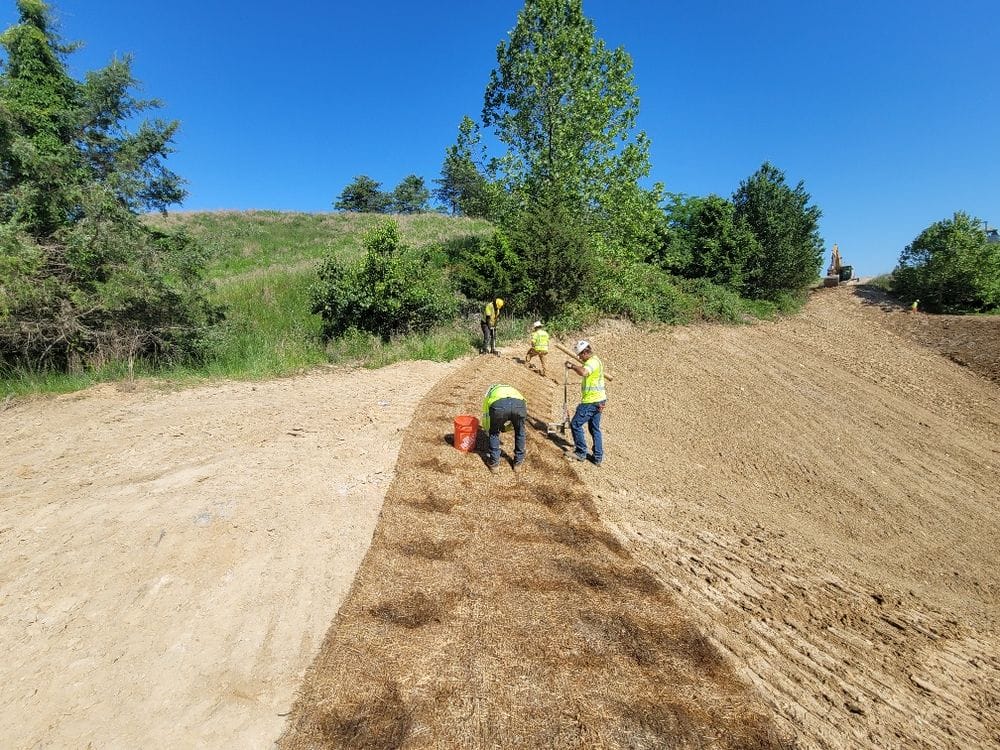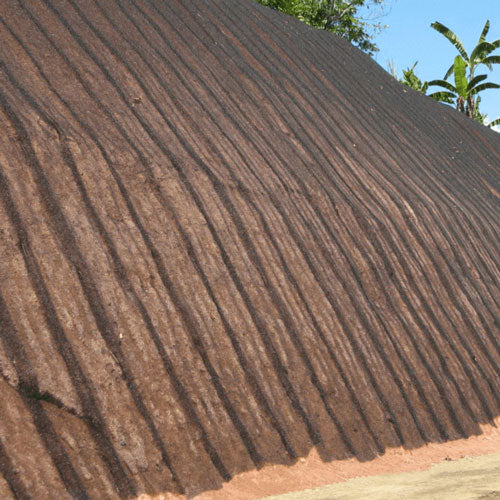Specialist Services by Memphis Erosion Control Solutions excavation
Best Practices for Erosion Control in Building Projects
Are you functioning on a construction project and worried about erosion control? Look no additional! In this write-up, we will direct you via the best practices for stopping erosion on your site. You'll find five essential techniques, reliable sediment and runoff monitoring techniques, vital factors to consider for slope stabilization, and suggestions for shielding plant life and soil. We'll additionally dig into the significance of implementing correct water drainage systems. Get all set to take on disintegration head-on and guarantee the success of your building and construction job.
5 Essential Erosion Control Techniques

To properly regulate erosion on your building website, you'll require to implement necessary strategies such as incline stabilization and debris control measures. Incline stabilization is vital in stopping soil disintegration on steep inclines. You can achieve this by using methods like terracing, which entails developing straight actions on the slope to decrease water flow and promote the absorption of rain. One more reliable strategy is using disintegration control coverings or floor coverings, which are positioned on the slope and aid retain soil bits while permitting greenery to expand. Sediment control steps are additionally vital to stop sediment runoff into close-by water bodies. One reliable approach is the installation of silt fences along the perimeter of the construction website. These fences act as barriers, catching sediment-laden water and allowing it to resolve before it reaches the water bodies. Furthermore, you can use debris containers, which are momentary retention ponds designed to catch debris and allow water to slowly drain off. Applying these vital erosion control methods will assist minimize the unfavorable ecological influence of your construction task and make sure compliance with guidelines.
Reliable Sediment and Drainage Administration

You can efficiently handle debris and drainage in your construction job by applying correct disintegration control steps. Another important practice is the application of erosion control coverings or mats. By implementing these erosion control steps, you can effectively take care of debris and runoff in your building project, decreasing the impact on the setting and complying with regulatory needs.
Secret Factors To Consider for Incline Stabilization
When considering slope stabilization, it is very important to examine the surface and recognize possible areas of instability. You need to very carefully analyze the incline's characteristics, such as its water drainage, composition, and angle patterns. Search for signs of disintegration, such as revealed roots, cracks, or slumping dirt. These signs can offer you an idea of where stabilization actions may be required.
As soon as you have identified the unpredictable areas, you can start applying measures to stabilize the slope. One usual technique is making use of retaining walls or terracing to create a collection of flat actions, which can aid distribute the weight and avoid further erosion. Another choice is to plant plants on the slope, as the roots can read here aid anchor the dirt and control disintegration. In addition, installing erosion control blankets or floor coverings can supply immediate security while vegetation ends up being well-known.
It's important to regularly check the supported inclines to guarantee their performance. Keep an eye out for any indicators of movement or disintegration, and take prompt action if necessary. Routine maintenance, such as evaluating and repairing any type of damaged actions, is additionally vital to guarantee lasting stability.
Best Practices for Plants and Dirt Security
One reliable method to shield plant life and soil on inclines is by frequently looking for indications of disintegration and taking instant activity if necessary. By being positive and watchful, you can prevent further damages and ensure the security of the incline. Begin by checking the incline for any kind of indications of erosion, such as subjected origins, bare soil patches, or sediment accumulation at the base. If you discover any one of these indicators, it is essential to attend to the concern promptly. Implement erosion control measures such as installing disintegration control blankets, mulching, and even building maintaining wall surfaces if needed. Additionally, growing plant life can considerably help in maintaining the dirt. Pick native plants that have deep root systems, as they are much more reliable in avoiding erosion. Make sure to consistently evaluate the health and wellness of the vegetation and provide required upkeep, like watering and decorative lawn edging feeding. Keep in mind, erosion can swiftly intensify and create serious damage, so it's important to address it as quickly as feasible. By taking proactive procedures and frequently keeping an eye on the incline, you can shield the vegetation and dirt, making sure the long-term stability of the area.
Applying Proper Drainage Solutions
To effectively execute correct drainage systems, it's critical to take into consideration the slope gradient and soil kind. Recognizing these factors is crucial when it comes to handling water flow and stopping erosion. The incline gradient plays a considerable duty in establishing just how water crosses the land. Steeper slopes can cause much faster water circulation, raising the risk of erosion and flooding. On the various other hand, gentler slopes permit water to flow extra slowly, reducing go to website erosion possibility. By examining the slope gradient, you can develop an effective water drainage system that fits the all-natural water movement.
Dirt type additionally affects water drainage system design. Various dirt types have differing levels of permeability, impacting exactly how water is absorbed and drained pipes. Sandy soils tend to drain pipes faster due to their coarse texture, while clay dirts have a slower water drainage rate due to their portable nature. Understanding the dirt kind helps in picking ideal water drainage techniques, such as making use of permeable products or setting up French drains. In addition, taking into consideration the dirt characteristics helps stop waterlogging, which can result in poor plant growth and damage to structures.
Conclusion
To conclude, when it pertains to disintegration control in building and construction jobs, you should comply with these ideal methods. Implement effective sediment and runoff monitoring techniques to stop pollution. Think about incline stabilization methods to make sure the stability of the site. Shield vegetation and soil by utilizing ideal actions. Finally, establish correct drain systems to take care of water flow. By complying with these vital methods, you can efficiently manage erosion and make sure the success of your building job.
To efficiently manage disintegration on your construction site, you'll require to apply necessary strategies such as slope stabilization and sediment control measures. Incline stablizing is vital in avoiding dirt erosion on high inclines. One more reliable strategy is the usage of erosion control coverings or mats, which are positioned on the incline and aid preserve soil fragments while enabling plants to grow. One more alternative is to grow plants on the slope, as the origins can help anchor the soil and control disintegration. Implement erosion control steps such as mounting erosion control coverings, mulching, or also creating retaining wall surfaces if needed.